-
Regulated Excellence: Japan offers one of the world's most strictly regulated environments for stem cell therapy under the "Act on the Safety of Regenerative Medicine," ensuring high safety standards.
-
Comprehensive Packages: Treatment packages typically include medical consultation, extensive pre-procedure testing, adipose tissue harvesting, 4-week cell culturing, intravenous administration, and translation services.
-
Cost vs. Quality: While Japan is a premium destination, patients access advanced therapies often unavailable in the West.
-
Japan Stem Cell Packages: $15,000 – $45,000 (Avg)
-
South Korea Stem Cell Packages: $7,000 – $20,000
-
Mexico Stem Cell Packages: $3,500 – $15,000
-
Turkey Stem Cell Packages: $3,000 – $10,000
-
What is Arteriosclerosis Stem Cell Therapy?
Stem cell therapy for arteriosclerosis is a regenerative treatment that uses a patient's own Mesenchymal Stem Cells (MSCs) to repair damaged blood vessel walls, reduce inflammation, and improve blood flow.
Arteriosclerosis, the thickening and hardening of artery walls, limits blood flow to organs and tissues. Conventional treatments like statins or stents manage symptoms but rarely reverse the underlying cellular damage. Regenerative medicine Japan offers a breakthrough approach using autologous adipose-derived mesenchymal stem cells (ADSCs).
These cells are harvested from your own fat tissue, cultured to increase their numbers, and then reintroduced into your body via intravenous stem cell infusion. Once inside, they migrate to damaged vessels (a process called "homing") and release growth factors like VEGF (Vascular Endothelial Growth Factor) that promote vascular endothelial repair and angiogenesis (formation of new blood vessels).
How It Works:
-
Harvesting: A small amount of fat is taken from the abdomen.
-
Culturing: Stem cells are isolated and grown in a specialized lab (Cell Processing Center).
-
Infusion: Millions of potent cells are infused back into the patient.
-
Regeneration: Cells repair the endothelial lining and reduce arterial plaque inflammation.
Did You Know?
Japan was the first country to expedite approval for regenerative medicine products that show safety and probable benefit, making it a global leader in accessible, legal stem cell therapies.
Why Choose Japan for Arteriosclerosis Treatment?
Japan is the gold standard for safety due to the "Act on the Safety of Regenerative Medicine," which requires all clinics to be government-approved and submit detailed treatment plans.
While countries like Mexico and Turkey offer lower costs, Japan offers unparalleled regulatory oversight. In many nations, stem cell clinics operate in a "gray zone." In Japan, stem cell clinics Tokyo and Osaka must adhere to strict protocols monitored by the Ministry of Health, Labour and Welfare (MHLW).
-
Safety Assurance: All cell processing is done in certified Cell Processing Centers (CPCs) to prevent contamination.
-
Technology: Japan leads in iPSC (induced pluripotent stem cell) research and advanced culture techniques that ensure high cell viability (often >95%).
-
Legal Framework: The ASRM Japan law ensures that you are receiving a legitimate medical treatment, not an experimental trial with unknown variables.
Cost of Stem Cell Treatment for Arteriosclerosis in Japan
The average cost ranges from $15,000 to $45,000 USD, depending on the cell count (e.g., 100 million vs. 300 million cells) and the number of administration sessions.
Stem Cell Treatment for Arteriosclerosis in Japan is an investment in quality and safety. Unlike "one-size-fits-all" clinics, Japanese facilities often tailor the culture medium to the patient's specific biological needs.
Detailed Cost Breakdown (Estimated)
| Component | Estimated Cost (USD) | Details |
| Initial Consultation | $300 - $800 | Includes doctor interview and medical history review. |
| Pre-op Testing | $1,500 - $3,000 | Blood work, infectious disease testing, genetic analysis. |
| Cell Harvesting & Processing | $8,000 - $15,000 | Liposuction and 4-week lab culture in a sterile CPC. |
| Stem Cell Administration | $5,000 - $15,000 | Intravenous drip or catheter-based delivery per session. |
| Accommodation & Logistics | $2,000 - $5,000 | 5-star medical concierge, translation, transfers (1-2 weeks). |
| Total Package | $16,800 - $38,800+ | Full protocol typically spans two visits. |
Expert Insight:
"Don't just look at the price tag. In stem cell therapy, the 'viability rate' of the cells is crucial. Japanese clinics routinely certify that over 90% of the injected cells are alive and active, whereas unregulated clinics in other regions may inject dead cells that offer no therapeutic value." — Senior Regenerative Medicine Specialist, Tokyo
The Procedure: Step-by-Step Learning Pathway
The process requires two visits to Japan separated by 4 weeks: the first for fat collection and the second for the stem cell infusion.
This is not a single-day event. To ensure high cell counts (100 million to 300 million), the cells must be cultured over time.
Visit 1: Harvesting (Days 1-3)
-
Consultation: Detailed review of angiograms and health status.
-
Screening: Blood tests to rule out HIV, Hepatitis, and other infections.
-
Liposuction: A mini-liposuction (usually under local anesthesia) takes about 20ml of fat from the belly or thigh.
-
Departure: You can return home while the cells are cultured.
The Incubation Period (4 Weeks)
-
Lab Work: Technicians isolate mesenchymal stem cells and expand them in a clean room.
-
Quality Check: Cells are tested for sterility, count, and viability.
Visit 2: Infusion (Days 30-33)
-
Health Check: Verifying you are fit for the procedure.
-
Administration: The cells are mixed with saline and administered via IV drip over 60–90 minutes. No surgery is required.
-
Observation: You rest in the clinic for 1-2 hours to monitor for allergic reactions.
-
Aftercare: Post-treatment guidelines are provided, including diet and supplement advice to maximize cell retention.
Eligibility and Candidacy
Ideal candidates are those with early to moderate atherosclerosis, angina, or peripheral artery disease who have not responded fully to standard medication.
Not everyone is a candidate. Japanese clinics are selective to ensure high success rates.
-
Good Candidates:
-
Diagnosed with atherosclerosis, high cholesterol, or hypertension.
-
Suffering from chronic ischemia or reduced blood flow to limbs.
-
Free from active cancer (cancer history requires a 5-year remission period).
-
Negative for infectious diseases like HIV or Hepatitis C.
-
-
Contraindications:
-
Active malignancy (stem cells could theoretically feed tumors).
-
Severe uncontrolled infection.
-
Pregnancy.
-
Risks and Safety Considerations
While generally safe, risks include minor bleeding at the harvest site, short-term fever, or rare allergic reactions to the preservation medium.
Because autologous stem cells come from your own body, there is zero risk of immune rejection (Graft vs. Host Disease). However, general medical risks apply.
-
Embolism Risk: Extremely rare with proper IV techniques, but clinics filter cells to prevent clumping.
-
Infection: Minimized by Japan's strict CPC sterile processing standards.
-
Efficacy Variation: Results vary by patient age and severity of disease; regeneration is not guaranteed.
FAQs: Things to Know Before You Go
Is stem cell therapy for arteriosclerosis approved in Japan?
Yes, it is approved under the Act on the Safety of Regenerative Medicine. However, clinics must obtain a specific license for each therapy they offer. Always ask to see the clinic's MHLW license number before booking.
Can stem cells unclog arteries?
Stem cells do not physically "scrub" plaque away. Instead, they repair the endothelial lining, reduce the inflammation that causes plaque buildup, and stimulate the growth of new collateral vessels (angiogenesis) to bypass blockages.
How many stem cells do I need for heart disease?
For systemic vascular conditions like arteriosclerosis, a high dose is typically recommended. Standard protocols in Japan use between 100 million and 300 million mesenchymal stem cells per session.
How long do the results last?
Patients often report improvements lasting 1 to 3 years. Because arteriosclerosis is a lifestyle-related disease, maintenance treatments (every 1-2 years) and lifestyle changes are recommended to sustain results.
Is this covered by insurance?
No. Stem cell therapy for arteriosclerosis is considered an elective, self-pay treatment in Japan and is not covered by Japanese National Health Insurance or international travel insurance.
Can I fly immediately after treatment?
It is generally recommended to wait 24-48 hours after the infusion before flying to minimize the risk of Deep Vein Thrombosis (DVT), although the procedure itself is minimally invasive.
What is the success rate?
Clinical studies suggest that 60-70% of patients experience subjective improvements in symptoms (reduced angina, better walking distance) and objective improvements in inflammatory markers, though individual results vary.
Ready to Restore Your Vascular Health?
Japan leads the world in safe, regulated regenerative medicine. If you are seeking a treatment that goes beyond symptom management to target the root cause of vascular aging, PlacidWay can guide you to accredited clinics in Tokyo and Osaka.

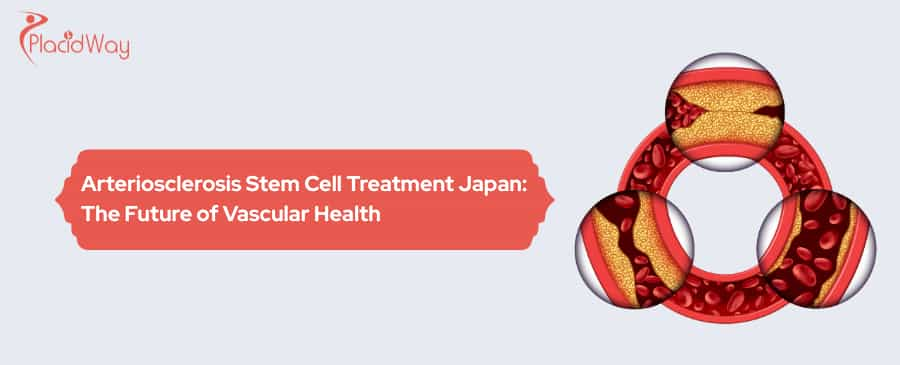

.png)
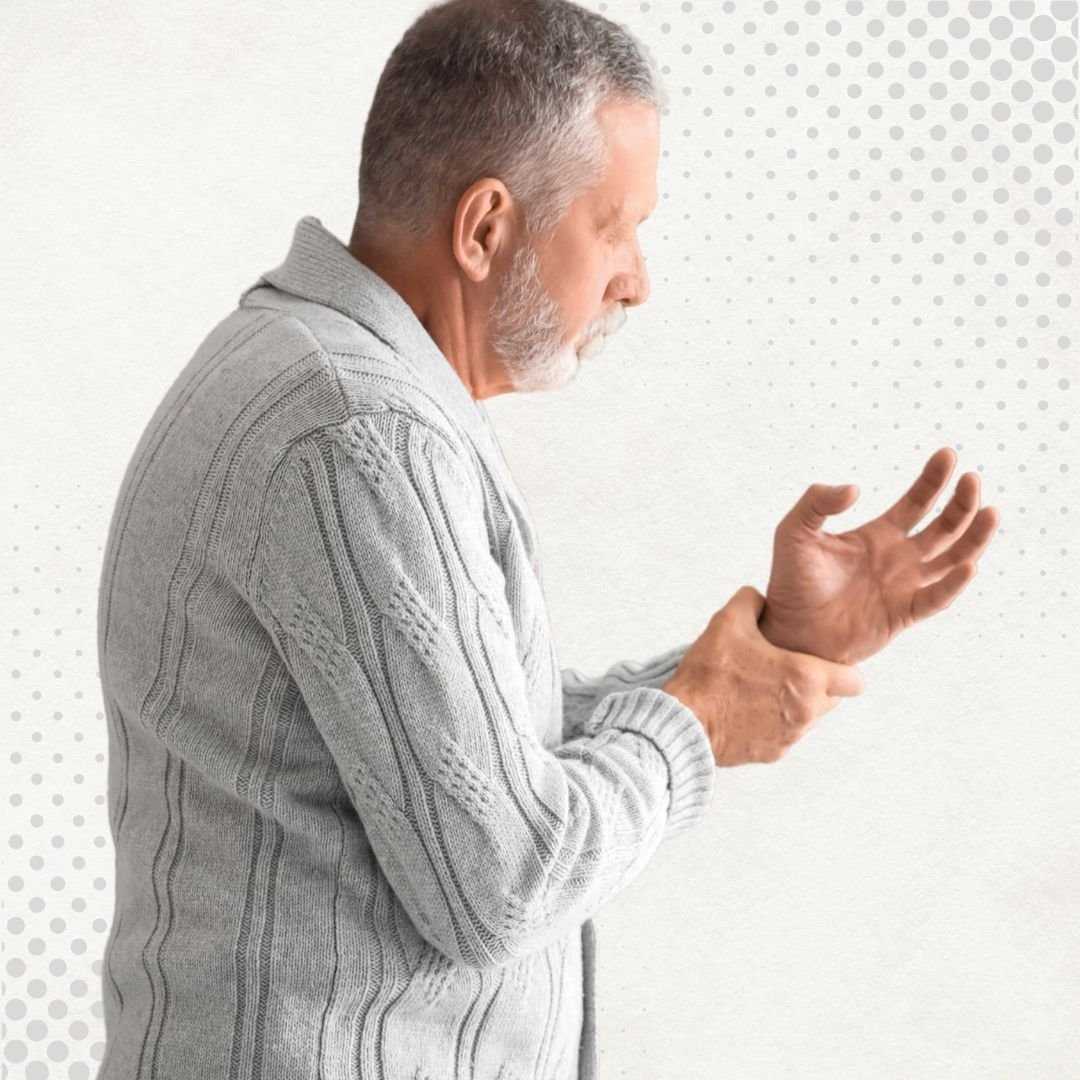



.jpg)
.jpg)

.png)
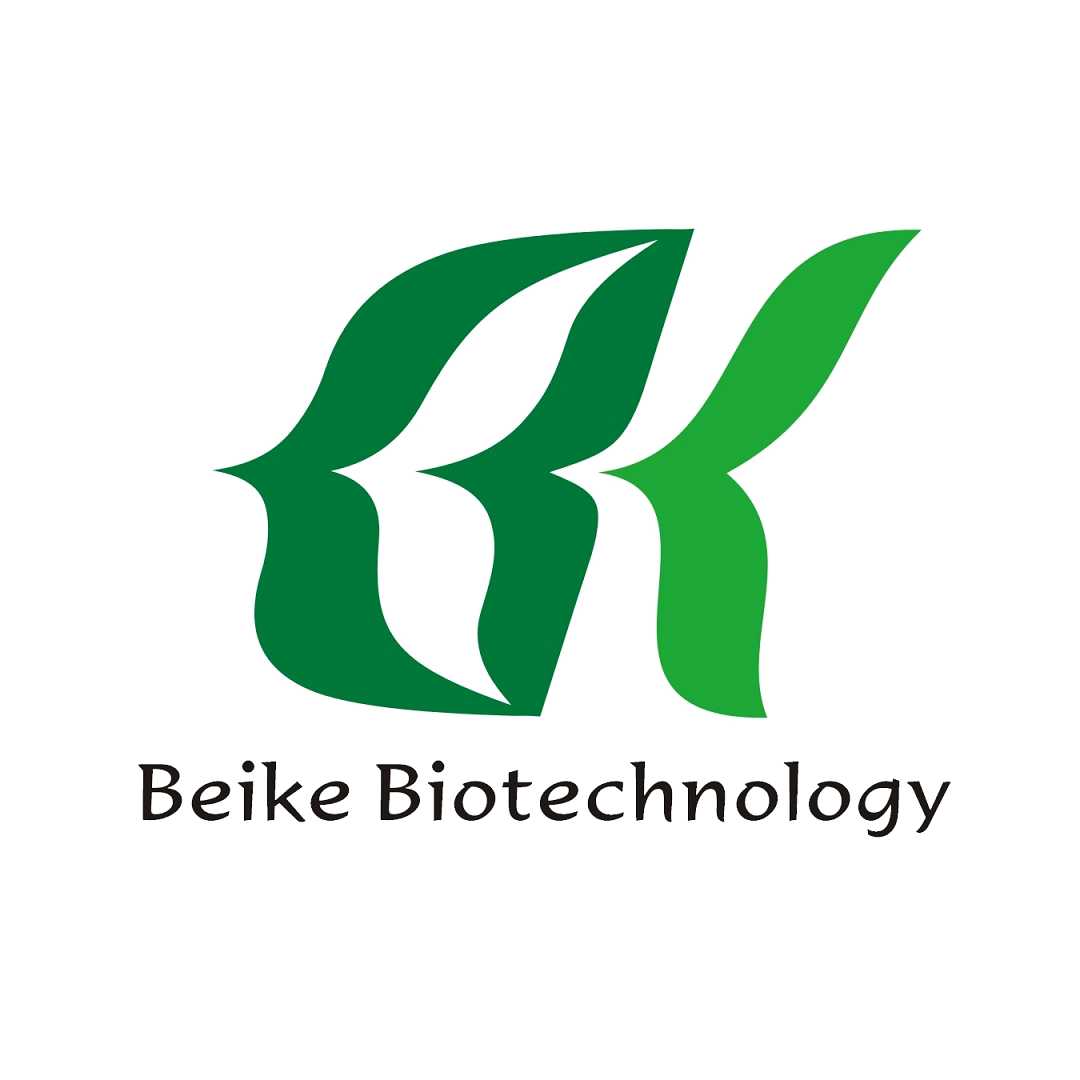
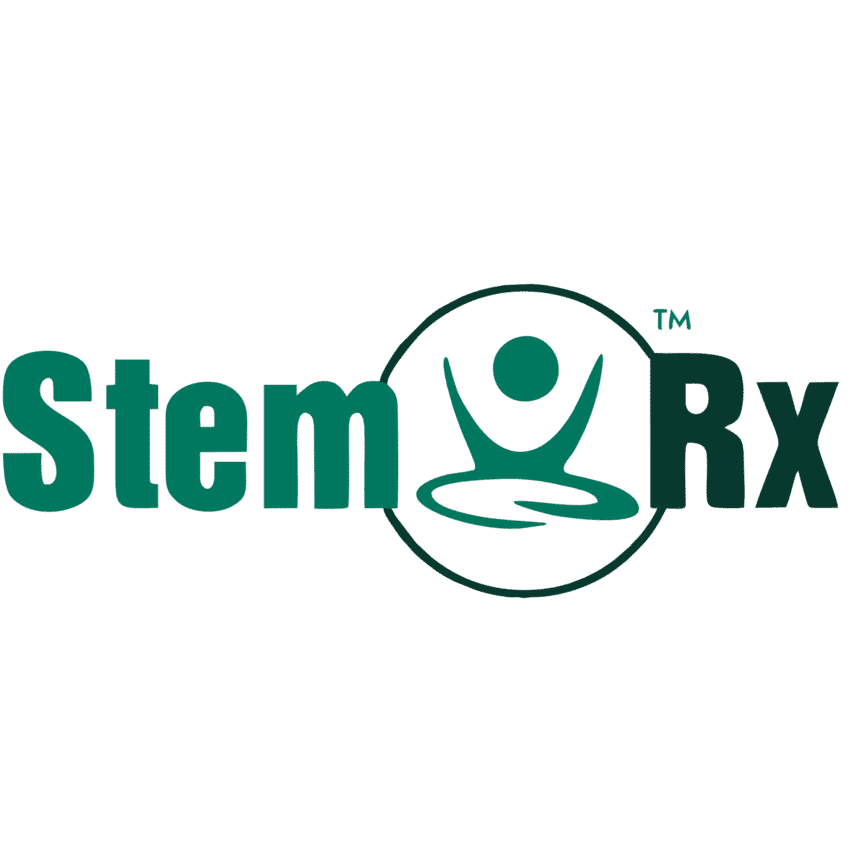
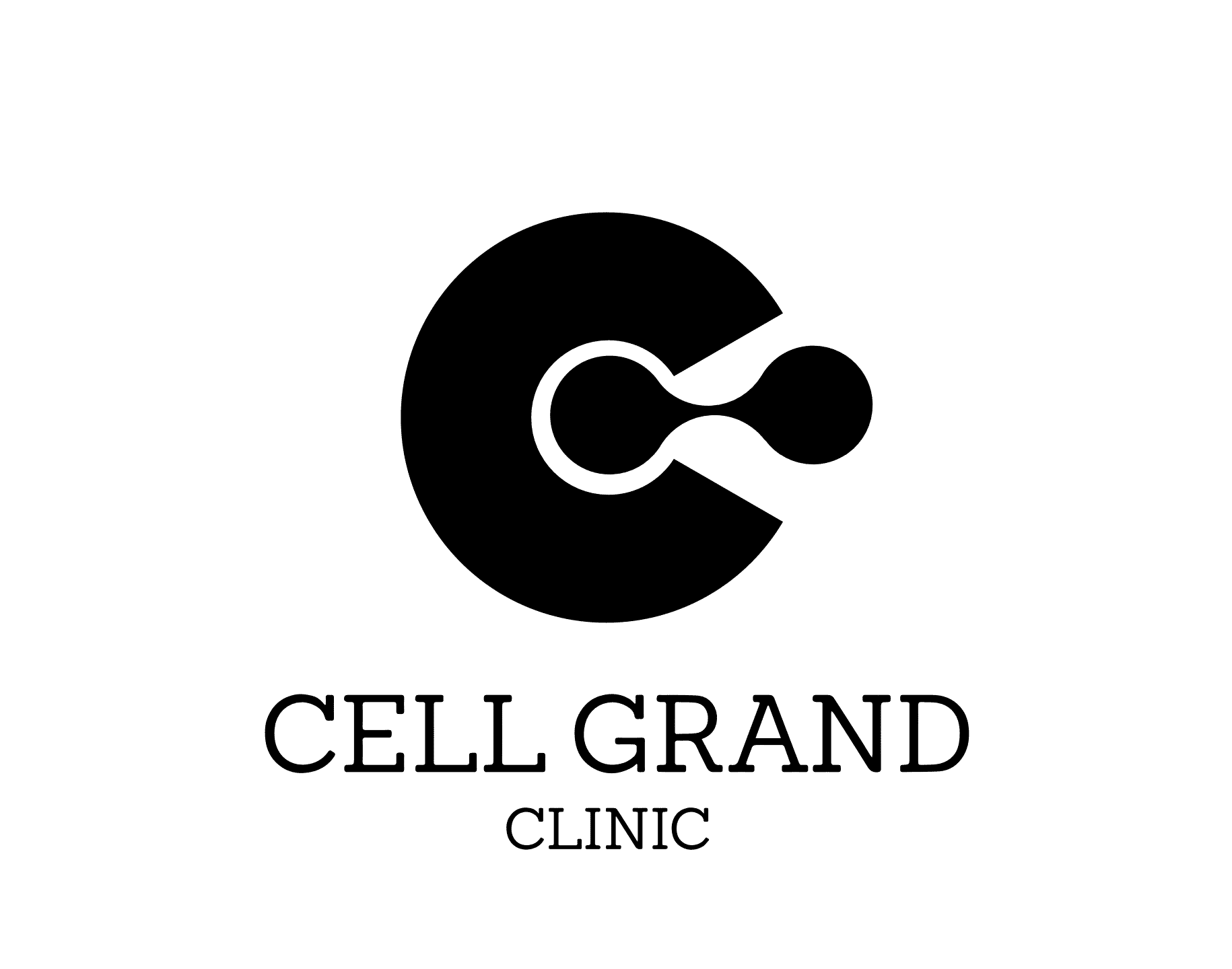
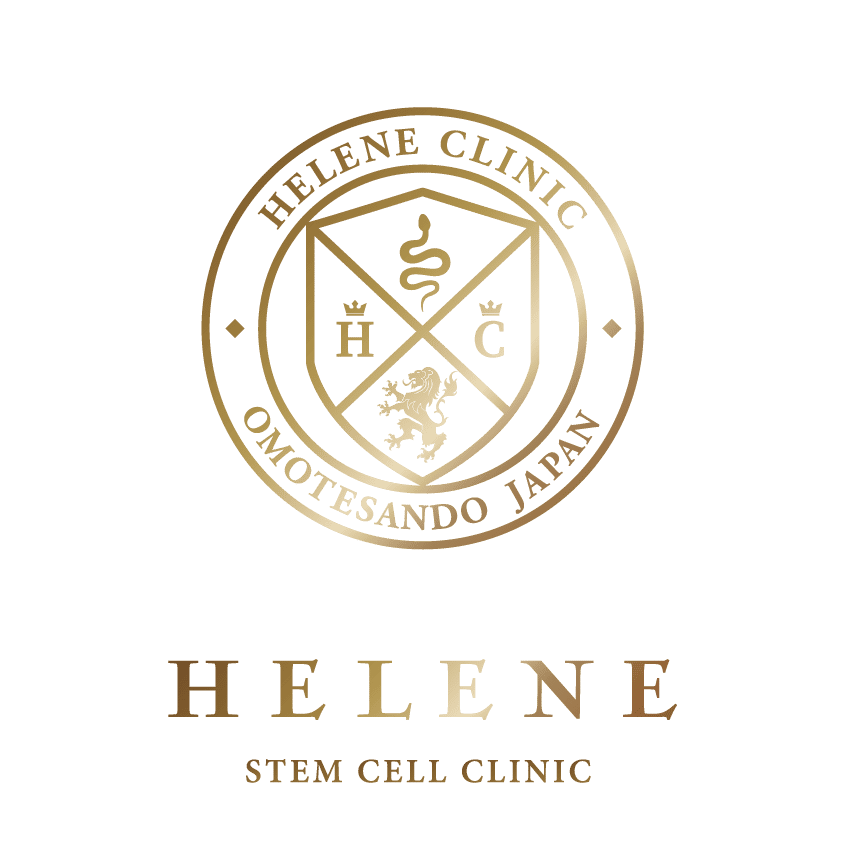

Share this listing